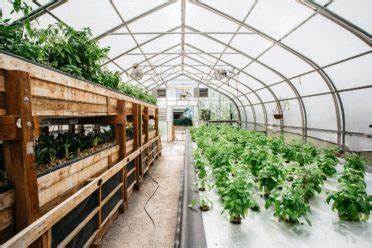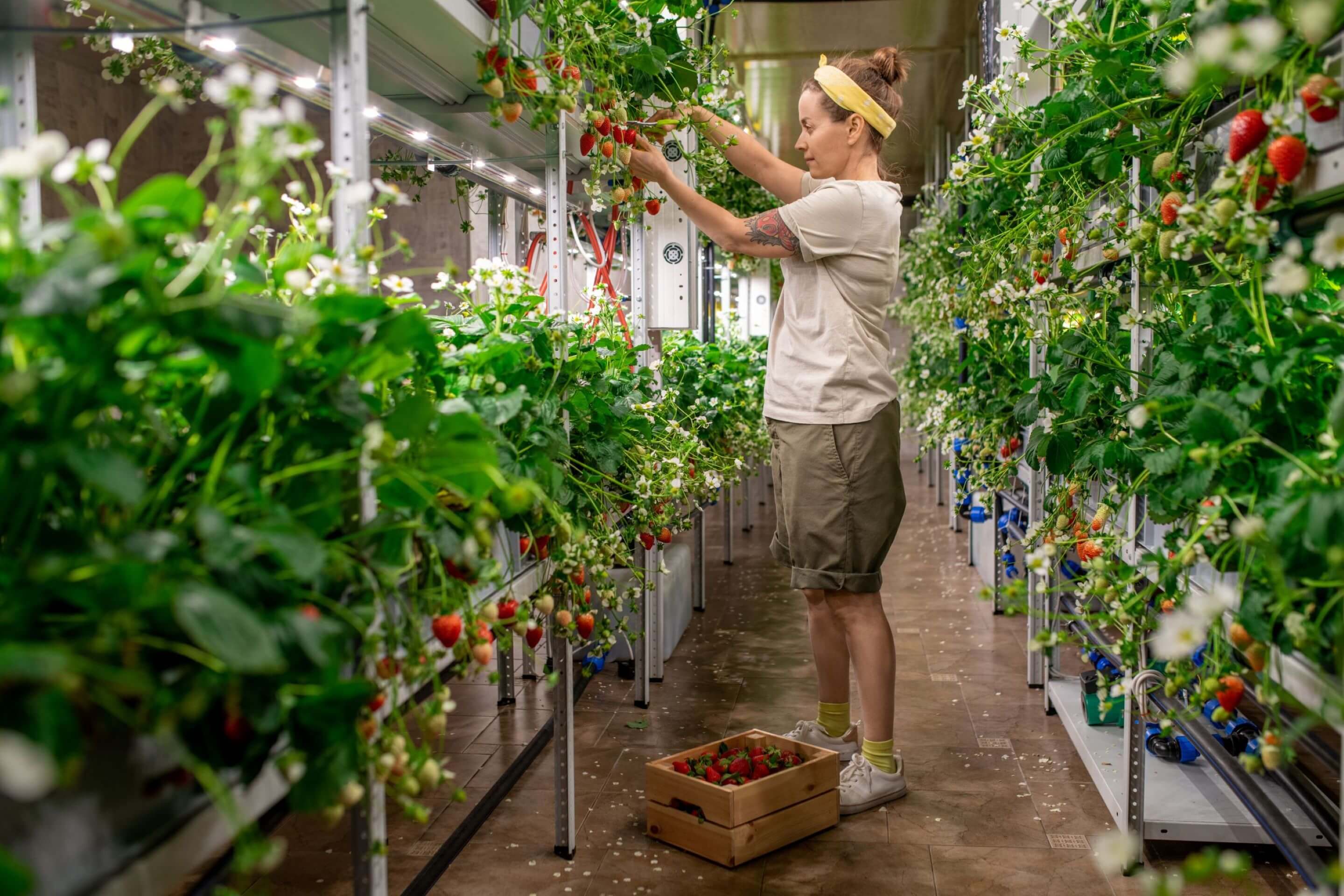
Introduction
Vertical farms have emerged as an innovative solution to address the challenges of sustainable food production and shorten the supply chain. In this article, we will explore the historical background of agriculture and the need for sustainable practices. Additionally, we will discuss the relevance and importance of vertical farms in modern society.
Historical Background
Evolution of agriculture and the need for sustainable food production
Throughout history, agriculture has played a crucial role in providing sustenance for human populations. However, traditional farming practices have led to environmental degradation and resource depletion. The need for sustainable food production practices has become increasingly evident.
Emergence of Vertical Farms as a solution to address challenges
Vertical farms have gained attention as a sustainable alternative to traditional agriculture. By utilizing vertical space and advanced cultivation methods, these farms can produce higher yields with fewer resources. This approach offers a promising solution to the challenges of land scarcity and climate change.
Impact of traditional supply chains on food production and distribution
Traditional supply chains in the agriculture industry often involve extensive transportation, resulting in increased costs and carbon emissions. Moreover, these lengthy supply chains can lead to reduced freshness and quality of produce. Shortening the supply chain is crucial for improving the overall efficiency and sustainability of food production.
Key Concepts and Definitions
Vertical Farms: Definition, purpose, and benefits
Vertical farms are indoor cultivation facilities that grow crops in vertically stacked layers. These farms utilize innovative technologies such as hydroponics or aeroponics to provide optimal growing conditions. The purpose of vertical farms is to maximize crop production while minimizing the use of land, water, and pesticides. The benefits include increased yields, reduced environmental impact, and year-round production.
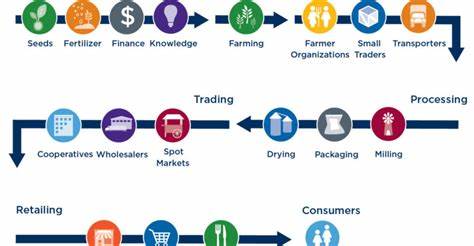
Shortening the Supply Chain: Definition, advantages, and challenges
Shortening the supply chain refers to reducing the distance between food production and consumption. This approach offers numerous advantages, including decreased transportation costs, reduced carbon footprint, and improved freshness of produce. However, challenges such as logistics and infrastructure need to be addressed for effective implementation.
Sustainable Agriculture: Explaining the concept and its relation to Vertical Farms and Supply Chain
Sustainable agriculture focuses on meeting present food needs while preserving resources for future generations. Vertical farms align with the principles of sustainable agriculture by minimizing the use of natural resources and reducing environmental impacts. Shortening the supply chain complements sustainable agriculture by enhancing resource efficiency and supporting local food systems.
Main Discussion Points
Advantages of Vertical Farms in Shortening the Supply Chain
Reduction in transportation costs and carbon footprint
Vertical farms located within urban areas significantly reduce the distance between production and consumption, resulting in shorter transportation routes. This reduction in transport leads to lower costs and a significant decrease in carbon emissions.
Increased availability of fresh produce in urban areas
By establishing vertical farms closer to urban centers, fresh produce can be readily available to urban dwellers. This eliminates the need for long-distance transportation, ensuring that consumers have access to nutritious and high-quality produce.
Improved food security and resilience to external factors
Vertical farms provide a reliable source of food, even in regions prone to natural disasters or external disruptions. By decentralizing food production, communities can enhance their resilience and reduce dependency on distant food sources.
Technology and Innovations in Vertical Farms
High-tech farming methods and automation
Vertical farms employ advanced technologies such as LED lighting, climate control systems, and automated cultivation processes. These innovations optimize resource utilization and ensure precise control over environmental conditions, resulting in higher yields and productivity.
Integration of renewable energy sources
To further enhance sustainability, vertical farms are increasingly incorporating renewable energy sources such as solar panels and wind turbines. This integration reduces reliance on conventional energy grids and contributes to a greener and more sustainable food production system.
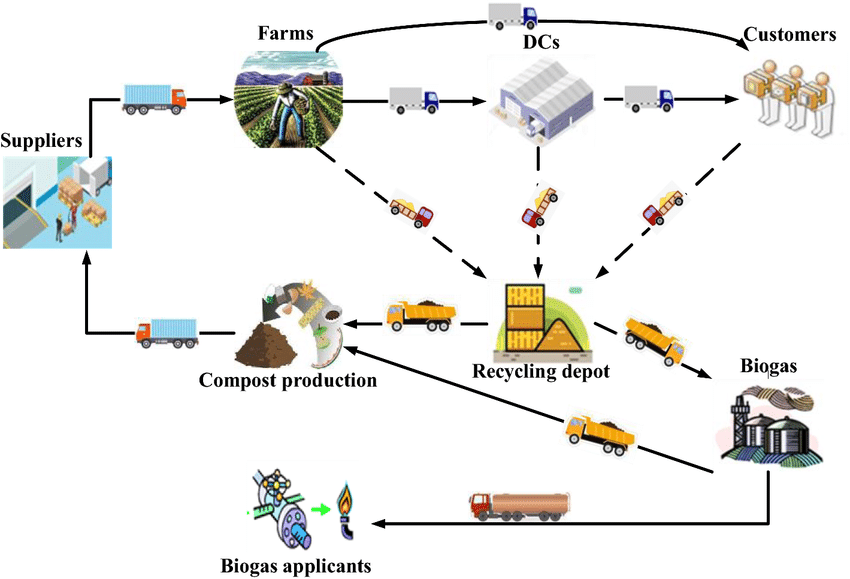
Precision farming techniques and data-driven decision making
Vertical farms collect vast amounts of data regarding plant growth, nutrient levels, and environmental conditions. Analyzing this data enables farmers to make informed decisions and optimize cultivation practices. Precision farming techniques improve efficiency, reduce waste, and enhance overall productivity.
Collaboration and Integration in Supply Chain Management
Vertical Farms working with local farmers and food producers
To strengthen local food systems, vertical farms can collaborate with traditional farmers and food producers. This integration allows for the exchange of knowledge and resources, fostering a more sustainable and resilient supply chain.
Implementing smart logistics and distribution systems
Technology-driven logistics and distribution systems enable efficient transportation and delivery of produce from vertical farms to consumers. Real-time tracking, optimization algorithms, and smart storage solutions contribute to minimizing waste and enhancing the overall efficiency of the supply chain.
Benefits of shorter supply chains for consumers and businesses
Shortening the supply chain benefits consumers by ensuring access to fresh, locally grown produce. For businesses, shorter supply chains mean reduced costs, improved product quality, and increased customer satisfaction. Additionally, shorter supply chains contribute to economic growth and foster community development.
Case Studies or Examples
AeroFarms: Vertical farming success story in New Jersey, USA
AeroFarms, based in Newark, New Jersey, has revolutionized urban agriculture through their vertical farming techniques. By repurposing abandoned warehouses, AeroFarms has created a sustainable farming system that maximizes crop yields while minimizing environmental impact. Their innovative approach has gained recognition and serves as a model for urban farming worldwide.
Infarm: Berlin-based urban farming company revolutionizing supply chains
Infarm, headquartered in Berlin, Germany, is a leading urban farming company that operates modular vertical farms within supermarkets and restaurants. By integrating vertical farms into retail spaces, Infarm shortens the supply chain dramatically, ensuring the freshest possible produce for consumers. Their innovative concept has garnered significant attention and is transforming the way we think about food production and distribution.
Lufa Farms: Vertical farming in Montreal, Canada, connecting local farmers and consumers
Lufa Farms, located in Montreal, Canada, has pioneered the concept of rooftop vertical farming. By partnering with local farmers and utilizing underutilized urban spaces, Lufa Farms has created a sustainable and efficient supply chain. Their innovative approach connects consumers directly with local producers, ensuring the availability of fresh produce year-round.
Current Trends or Developments
Adoption of Vertical Farms in major cities worldwide
Vertical farming is witnessing rapid adoption in major cities worldwide. From New York to Tokyo, vertical farms are being established to address the growing demand for fresh, locally produced food. This trend reflects the increasing recognition of the importance of sustainable food production and the potential of vertical farms to revolutionize the industry.
Research on optimizing productivity and resource efficiency
Researchers are continuously exploring ways to optimize productivity and resource efficiency in vertical farms. This includes developing advanced cultivation techniques, improving lighting systems, and enhancing nutrient delivery systems. The aim is to maximize yields while minimizing resource consumption, ultimately making vertical farming more economically viable and sustainable.
Growing interest from investors and governments in sustainable agriculture
Investors and governments are increasingly recognizing the potential of sustainable agriculture, including vertical farms. Funding and incentives are being provided to support the establishment and growth of these innovative farming systems. This growing interest reflects a shift towards more sustainable and resilient food production practices.
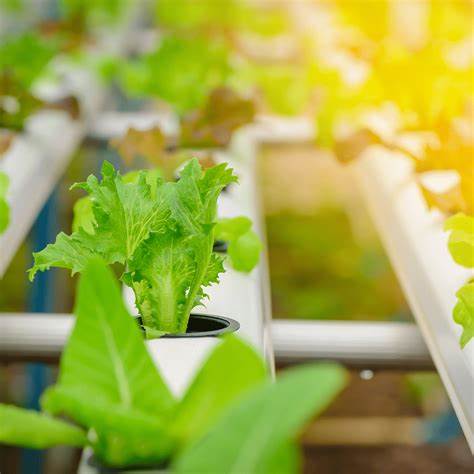
Challenges or Controversies
Cost-effectiveness and profitability of Vertical Farms
Despite their numerous advantages, the cost-effectiveness and profitability of vertical farms remain a subject of debate. The high initial investment, operational costs, and limited economies of scale pose challenges for achieving financial viability. However, advancements in technology and increased market demand are gradually addressing these concerns.
Consumer acceptance and perception of vertically grown produce
Consumer acceptance of vertically grown produce can be a potential barrier to the widespread adoption of vertical farms. Some consumers may have reservations regarding the taste, safety, and authenticity of vertically grown produce. Educating consumers about the benefits of vertical farming and ensuring transparency in production processes can help address these concerns.
Regulatory and policy considerations for urban farming initiatives
The establishment of vertical farms within urban areas requires careful consideration of regulatory and policy frameworks. Zoning regulations, building codes, and food safety standards need to be adapted to accommodate these innovative farming systems. Governments and policymakers play a crucial role in creating an enabling environment for the growth of urban farming initiatives.
Future Outlook
Potential for scaling up Vertical Farms and their impact on the food industry
The potential for scaling up vertical farms is immense. As technology advances, vertical farms can be established on a larger scale, enabling even greater production capabilities. This scalability can have a significant impact on the food industry, ensuring a sustainable and resilient food supply for growing populations.
Integration of Vertical Farms into smart cities and urban planning
Vertical farms have the potential to be integrated into smart cities and urban planning. By utilizing underutilized urban spaces and connecting with existing infrastructure, vertical farms can contribute to sustainable urban development. This integration would create a more efficient and environmentally friendly food system.
Role of Vertical Farms in addressing food scarcity and feeding growing populations
Vertical farms have a vital role to play in addressing food scarcity and feeding the growing global population. By maximizing crop yields and minimizing resource consumption, vertical farms offer a sustainable solution to the increasing demand for food. These farms can be established in areas with limited arable land, ensuring food security for all.
Conclusion
In conclusion, vertical farms have revolutionized food production and supply chains by employing innovative technologies and shortening the distance between production and consumption. They offer numerous advantages, including reduced transportation costs, increased availability of fresh produce, and improved food security. The integration of vertical farms into urban areas and the adoption of sustainable agricultural practices are crucial for ensuring a resilient and sustainable food system.
References
Vertical Farming: Concepts and Definitions.
Shortening the Supply Chain for Sustainable Agriculture.
Case Study: AeroFarms – Revolutionizing Urban Agriculture.
Infarm: Transforming Food Systems




